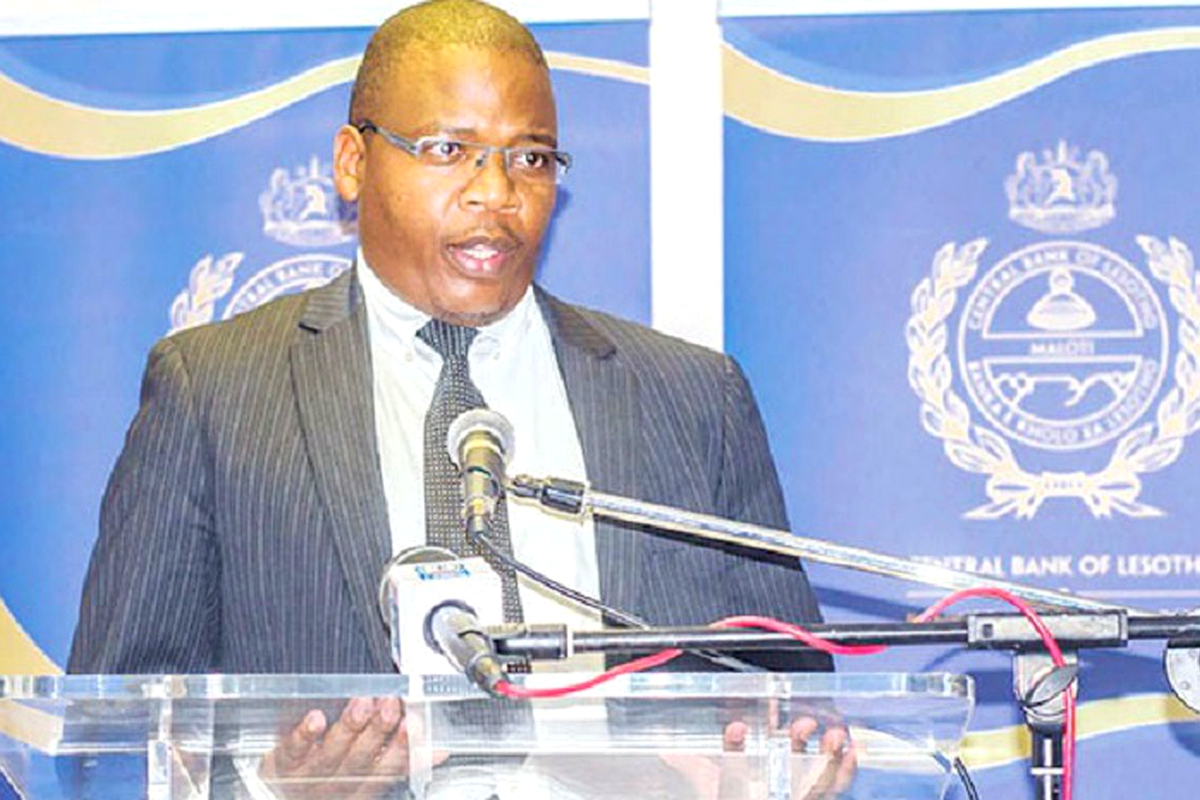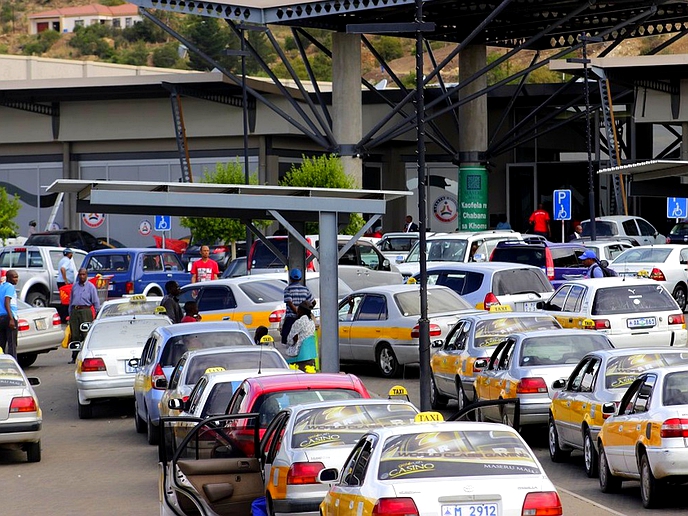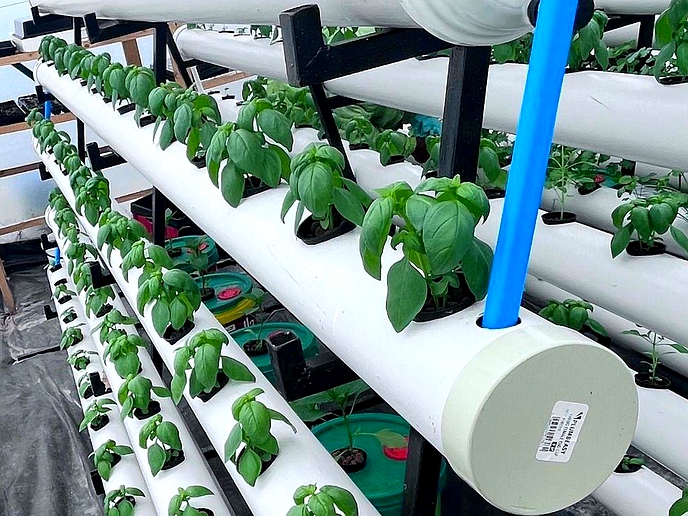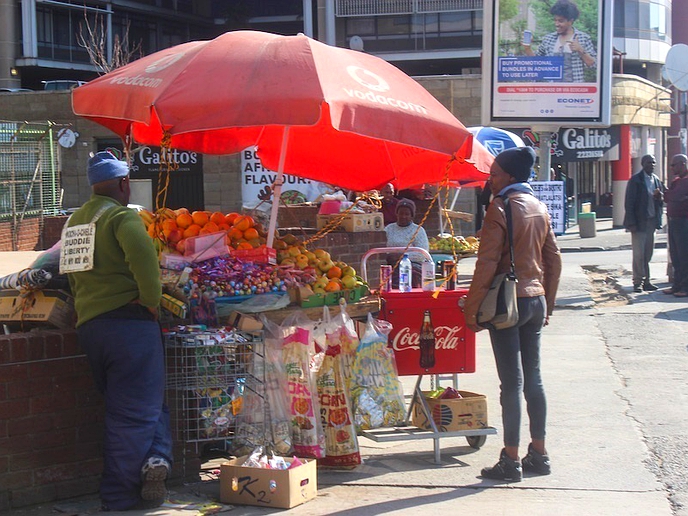THE domestic inflation rate, as measured by the year on year percentage change in the consumer price index (CPI), closed the year at 6.8 percent, Acting Governor of the Central Bank of Lesotho (CBL), Lehlomela Mohapi said during the Monetary Policy Committee Statement this week on Tuesday.
business
Feb. 3, 2022
NEO SENOKO
3 min read
Energy prices push inflation

Acting CBL Governor, Lehlomela Mohapi
Story highlights
Mr Mohapi said contrary to the previous inflationary phases that were driven by food prices, the current phase is driven by energy and transport costs, with food prices somehow moderating the acceleration.
He said the inflation rate was expected to average 5.2 percent over the medium term.
“However, the possible adverse effect of recent heavy rains on food production and elevated prices of petroleum products present upward pressure to the inflation outlook,” he said.
He said the central bank had also increased the repo rate at which it lends money to the commercial banks from 3.75 to 4.00 percent per annum.
At this rate, it will ensure that the domestic cost of borrowing money is aligned with the rest of the region. Last week, the South African Reserve Bank also increased its repo rate by the same margin.
At home, the increase comes at a time when loans to families grew by 3.2 percent while loans to businesses declined by 5.4 percent.
Mr Mohapi said credit to the private sector grew during the last quarter of 2021, albeit at a slower pace compared to the preceding quarter.
He said credit to households grew due to an increase in both personal loans and mortgages.
On the other hand, domestic economic activity, as measured by the Monthly Indicator of Economic Activity (MIEA), was estimated to have improved by 12.2 percent between October and November 2021, following five consecutive months of negative growth.
This was mainly due to improvements in both demand and production sides of the economy.
Going forward, domestic economic growth is estimated to average 3.3 percent over the medium term. The major drivers of economic activity will be construction and the services industry.
During the third quarter of 2021, the current account registered a deficit equivalent to 7.4 percent of GDP, following a larger deficit of 10.2 percent observed in the second quarter.
“This was driven mainly by improvements in the goods account driven by increased exports of diamonds, clothing and textiles, water and some agricultural products,” Mr Mohapi said.
Enjoy our daily newsletter from today
Access exclusive newsletters, along with previews of new media releases.
“However, poor performance of the services account, as well as the income accounts, dampened this improvement.”
The Government budgetary operations recorded a surplus equivalent to 5.0 percent of GDP during the last quarter of 2021 compared to a deficit of 11.7 percent of GDP in the previous quarter.
Mr Mohapi said the committee further decided to revise upwards the current Net International Reserves (NIR) target floor of US$ 760 million to US$ 790 million.
“At this level, the NIR target will remain consistent with the maintenance of the exchange rate peg between the loti and the South African rand,” he said.
“While the domestic labour market conditions displayed mixed signals during the third quarter of 2021, the majority of the sectors recorded job losses. This was largely due to low external demand coupled with supply side disruptions.”
Tailored for you






